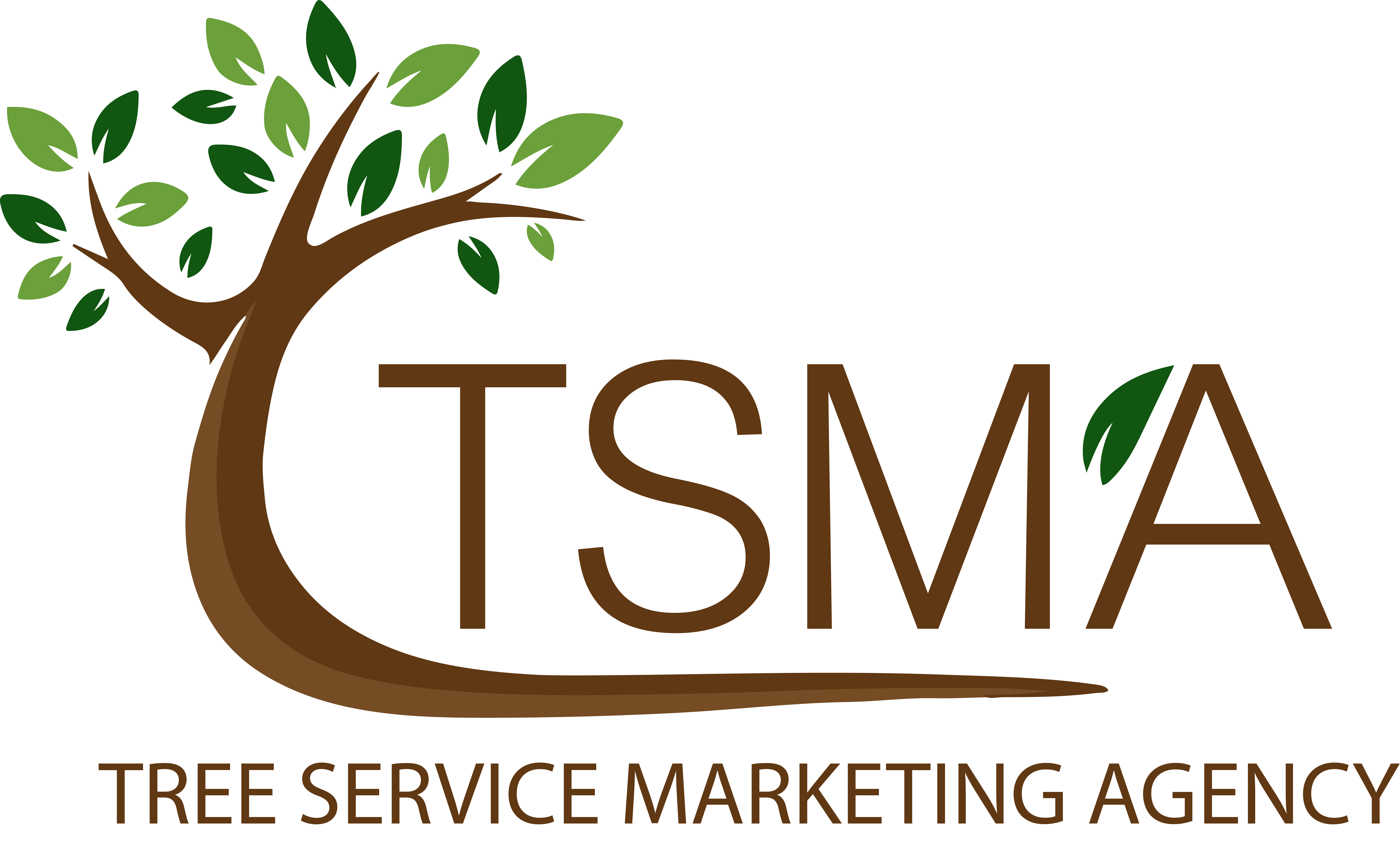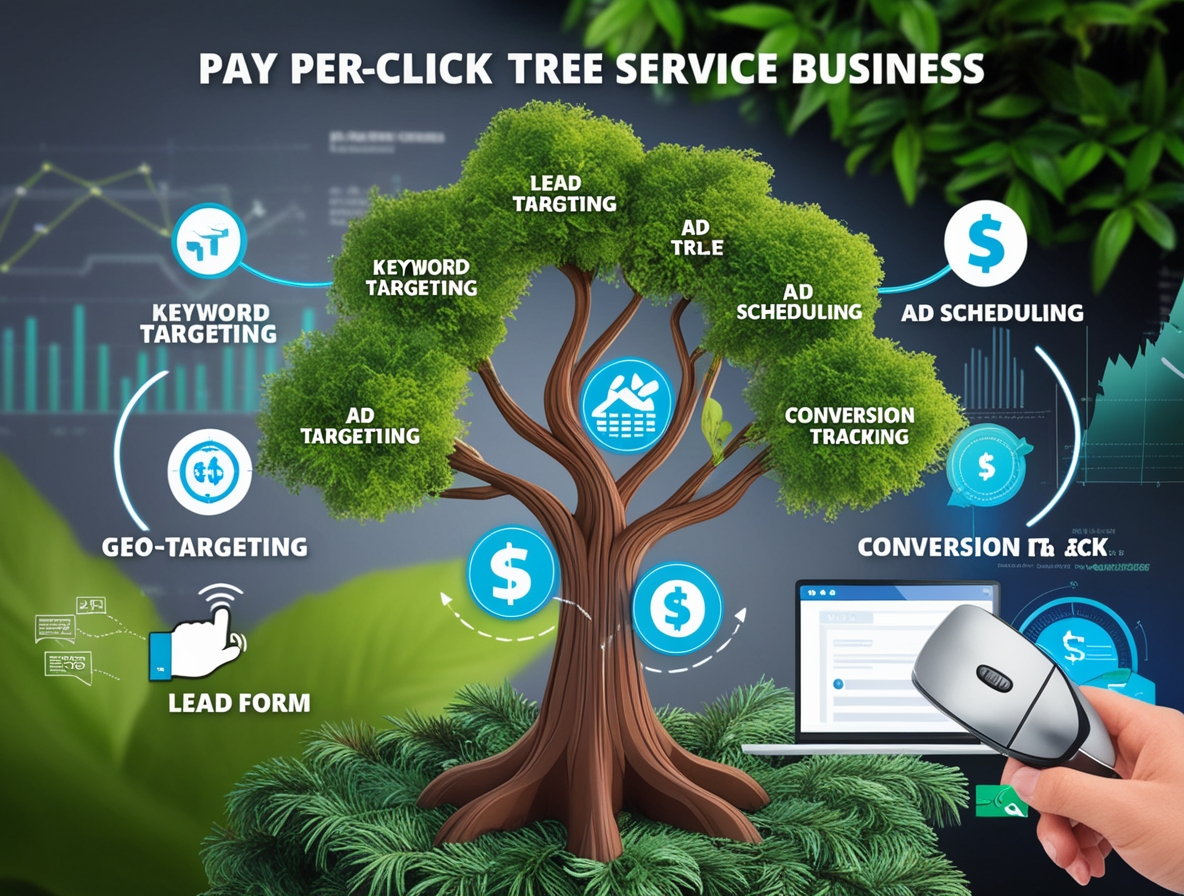For tree service businesses, a professional website design can help build trust with potential clients. When customers feel confident about your services, they’re more likely to reach out and hire you. Here are the key elements every tree service website should include to make a strong first impression and foster trust with clients.
1. Clear Contact Information
Make it easy for clients to contact you by displaying your phone number, email address, and physical location prominently on your homepage. A dedicated “Contact Us” page with a form that clients can fill out is also highly recommended.
- Benefit: Accessibility reassures clients that they can reach you if they have questions or concerns.
2. Professional Services Page
Create a detailed services page to outline the different tree services you provide. Include descriptions of popular services such as tree trimming, stump grinding, tree removal, and emergency services.
- Service Descriptions: Be clear about each service’s purpose and when clients might need it.
- Benefits: Describe the value of each service, like safety benefits or curb appeal improvements.
3. High-Quality Photos and Videos
Adding high-quality visuals to your website helps potential clients understand what to expect. Use real photos of your team in action, before-and-after shots of past projects, and videos explaining your services.
- Showcase Your Work: Include images of tree removal or trimming work you’ve completed to highlight your expertise.
- Introduce Your Team: Clients appreciate seeing who they’re working with, so consider adding a team page with photos and short bios.
4. Client Testimonials and Reviews
Client testimonials help establish credibility by showcasing positive experiences. Display reviews from satisfied clients on your homepage, services page, or a dedicated “Testimonials” page.
- Real Client Feedback: Highlight specific feedback from clients that speak to your reliability, expertise, and service quality.
- Third-Party Reviews: Link to your profiles on review sites like Google My Business, Yelp, or Angie’s List for extra credibility.
5. Certifications and Licenses
Display any professional certifications, licenses, or memberships relevant to the tree service industry. This reassures clients that you meet industry standards and have the proper qualifications.
- Examples: If you hold certifications in arboriculture, are insured, or are a member of professional organizations, display these on your homepage or “About Us” page.
- Icons or Badges: Use recognizable icons or badges to visually affirm your credibility.
6. A Frequently Asked Questions (FAQ) Section
An FAQ section helps address common client concerns, showing that you understand their questions. This is a great place to answer questions about service timelines, pricing, safety protocols, and the equipment used.
- Popular Questions: Consider questions like “How long does tree removal take?” or “What safety measures do you follow?”
- Helpful Explanations: Give straightforward, informative answers to demonstrate your expertise.
7. Detailed Service Areas
Include a list of the cities, towns, or neighborhoods you serve. This can be as simple as listing them on your homepage or having a separate page dedicated to your service area.
- Search Visibility: Including your service locations helps improve your local search ranking.
- Clear Coverage: Clients appreciate knowing right away if you’re available in their area.
8. Clear Call-to-Action (CTA) Buttons
To encourage clients to reach out, use clear CTA buttons throughout your website. CTAs like “Get a Free Estimate” or “Contact Us Today” should be prominently displayed on your homepage, services page, and contact page.
- Easy Navigation: Clear CTAs guide clients towards the next step and encourage direct contact.
- Highlight Value: Use CTAs that offer something helpful, like a free consultation, to increase engagement.
9. A Blog with Relevant Content
Adding a blog to your website can help answer common client questions, provide tree care tips, and showcase your expertise. Regularly updated content shows clients that you’re knowledgeable and dedicated to your industry.
- Topics: Write about seasonal tree care, tree health tips, and insights into tree service benefits.
- SEO Benefit: Blog content can also help your site rank better in search results, making it easier for potential clients to find you.
Conclusion
A tree service website should offer a mix of information, visuals, and client-centric features to build trust. Including these elements not only helps boost your credibility but also makes it easier for clients to feel confident about choosing you for their tree care needs. By designing a trustworthy website, you’ll attract more clients, generate more leads, and grow your business.



